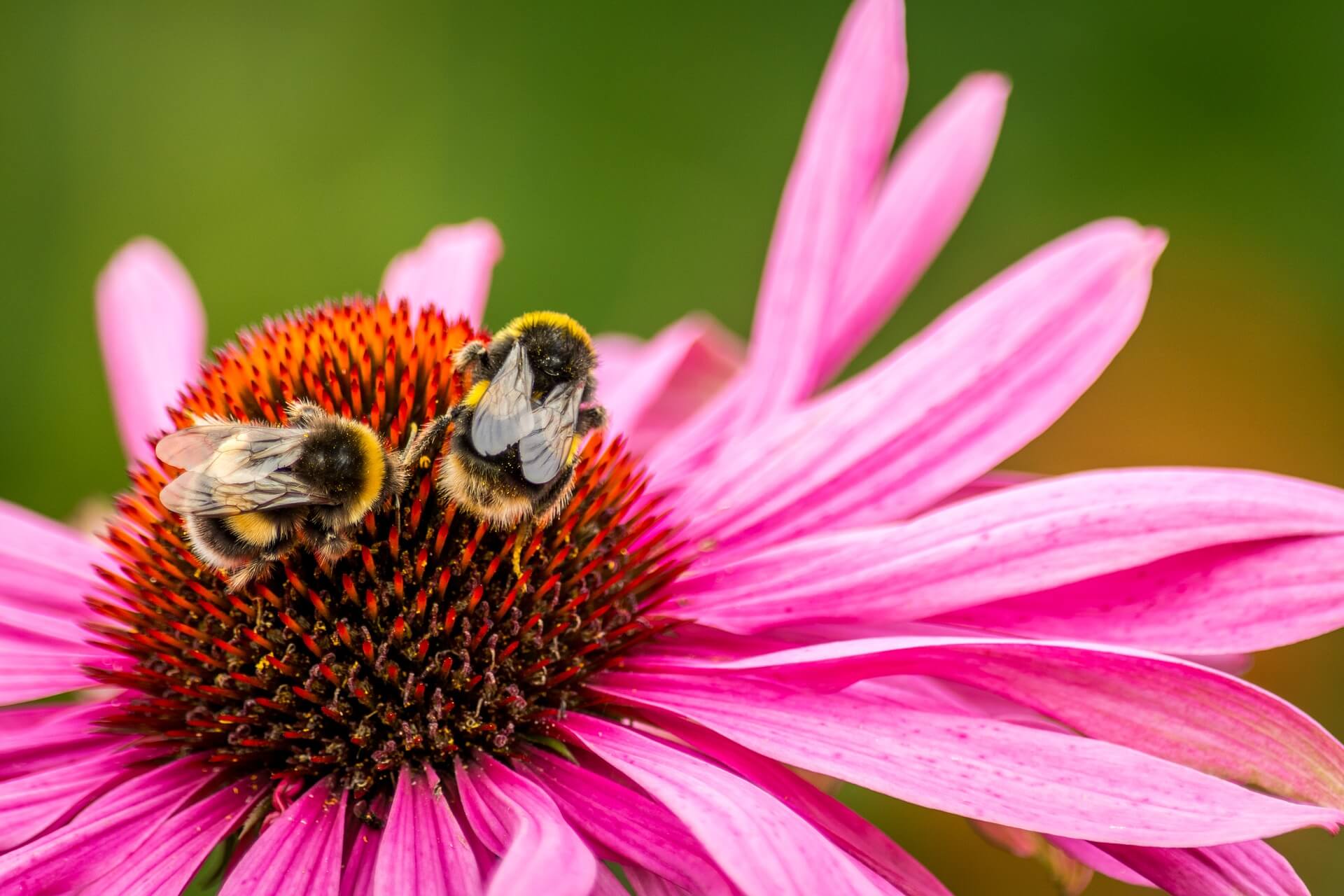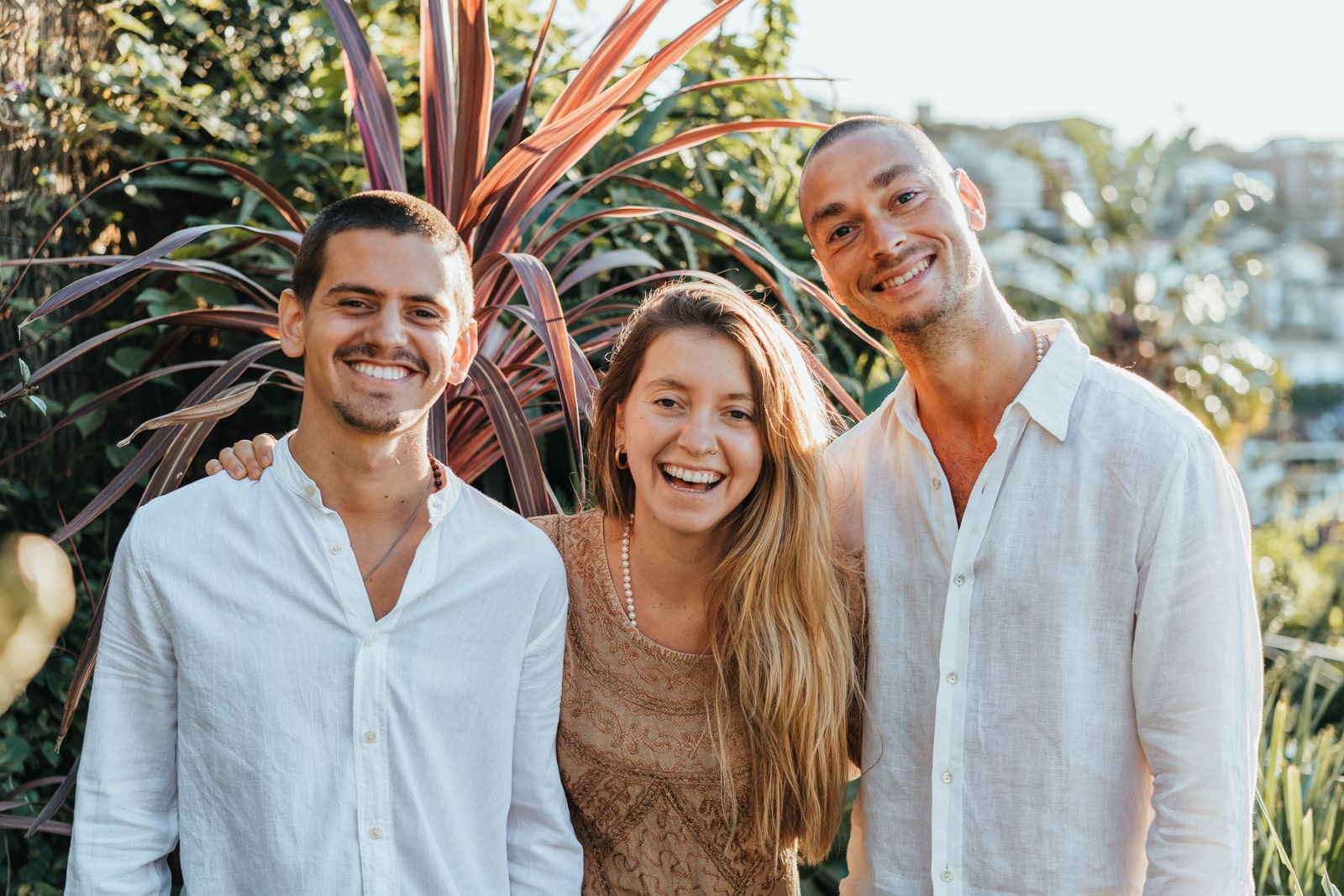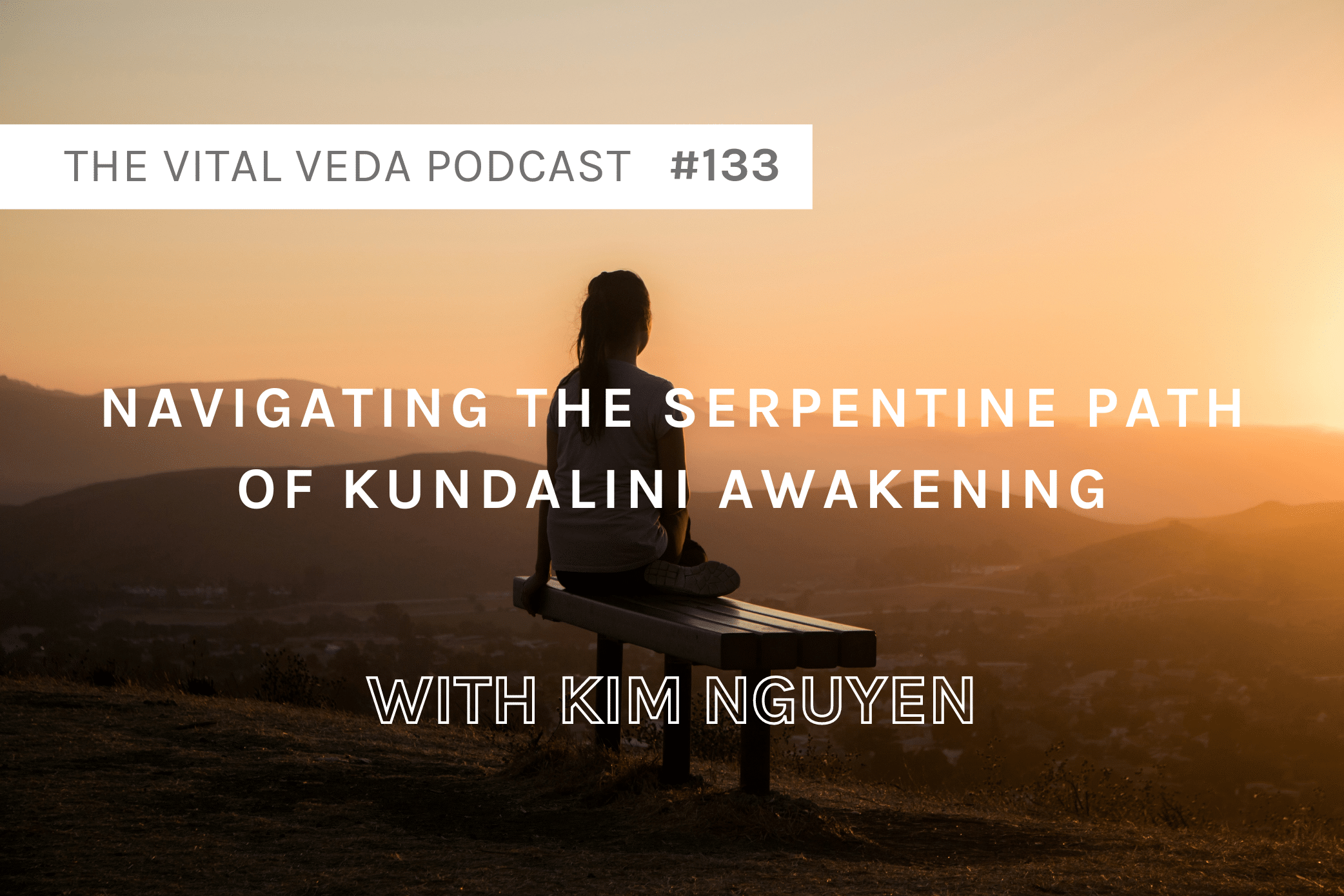According to Ayurveda, there is a special substance in the body that governs ageing, immunity, vigour, reproduction, mood, sleep, radiant skin, digestion, spirituality and physical strength. This substance is called ojas (OH-jas).
Ojas is a bio-celestial liquid substance that predominantly dwells in the heart and also circulates everywhere throughout the body to maintain life activities.
It is soft and pure, the colour of ghee (initially) and tastes like honey.
It is the first essential element of the embryo, the most refined by-product of digestion, and the physiological expression of pure consciousness. Hence, ojas is strongly linked to spiritual and emotional wellbeing.
It is the chief fluid material of the body on which life depends.
If ojas is destroyed, the human being will also perish. If ojas is healthy the human is kept happy and healthy.
THE 10 QUALITIES OF OJAS
- Madhura (Sweet)
- Sheeta (Cold) – A pleasant cold like the full moon. “Oja Soma Atmakam.” (see below)
- Mridu (Soft)
- Snigdha (Unctuousness)
- Sandra (Density)
- Shalakshna (Smoothness)
- Picheel (Slimy)
- Guru (Heavy)
- Sthira (Stable)
- Prasanna (Clarity) – freedom of all defects.
Interestingly, milk is comprised of the same 10 qualities. Thus, milk is an excellent elixir and ojas enhancer.
“Oja” = Pleasant.
“Soma” = Moon that flows consciousness.
“Atmakam” = energy field.
“Oja Soma Atmakam” = The moon that flows pleasantness to those in it’s field of horizon.
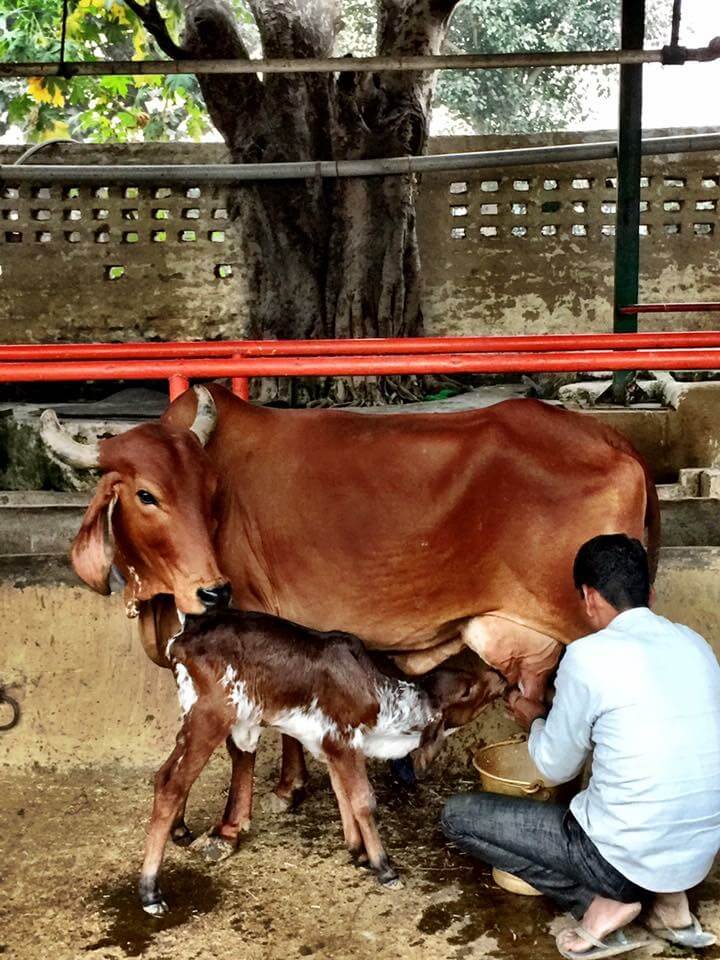
TWO TYPES OF OJAS
1. Superior Ojas (Para Ojas)
- Eight drops[1] in quantity. Fixed volume. Any diminution in the volume would amount to instantaneous death.
- Site: Dwells in the heart.
2. Ordinary Ojas (Apara Ojas)
- Half an anjali (ardhanjali) in quantity. (One anjali represents the volume equal to that of two hands joined in the form of a cup).
- Site: The vessels attached to the heart and circulates all over the body along with plasma and blood to provide physical strength and immunity to resist disease.
- The substance is similar to that of Kapha (Sarira 7:15).
- Diminution is possible, as in cause of diabetes mellitus.
ACTIVITIES THAT INCREASE OJAS
- Loving others.
- Laughing.
- Performing activities that you are passionate about.
- Giving and serving others unconditionally.
- Yoga and breathing (pranayama).
- Meditation
- Being in nature.
- Proper sleep (bed before 9.30/10pm, up with the sun. Sleeping amongst minimal EMF exposure).
- Eating fresh whole-foods in a relaxed manner.
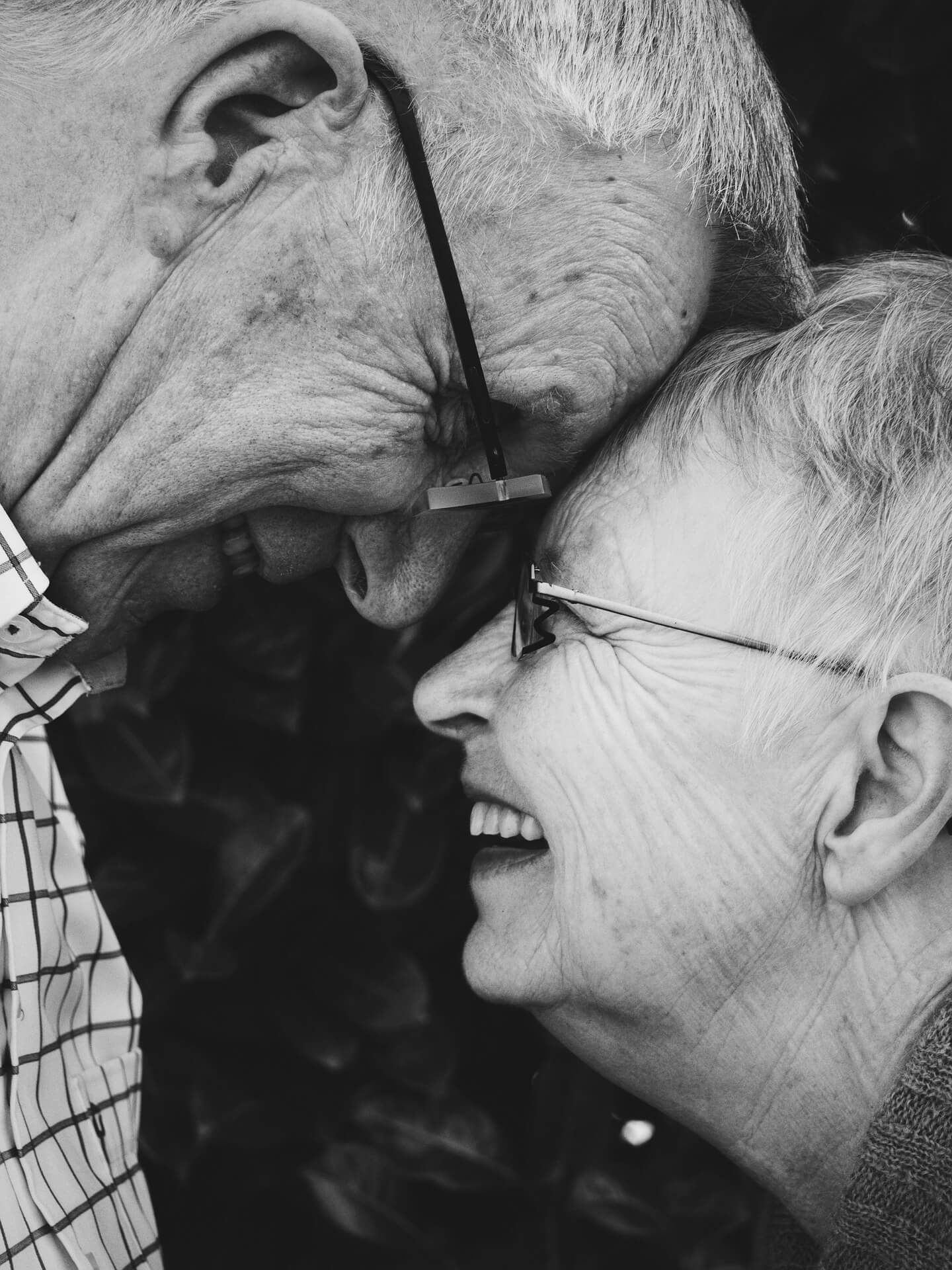
EAT OJAS INCREASING FOODS
“The root of living being, strength, complexion and ojas is diet.”
Building Ojas is an art. Perhaps one of the best ways to consistently build Ojas is to eat a diet of fresh unprocessed, seasonal whole foods, and have a balanced agni to support the process. A handful of special foods even metabolise to nourish and build Ojas directly, fast-tracking the tissue metabolism process.
- Ghee
- Milk
- Honey
- Almonds
- Dates
- Saffron
- Raisins
- Certain herbal rasayanas.
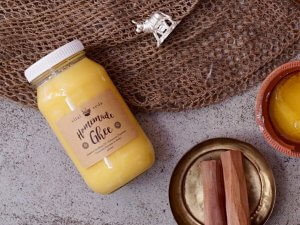
ACTIVITIES THAT REDUCE OJAS
- Anger
- Hunger – can include fasting for over one day.
- Worry and stress.
- Grief
- Physical exertion – Includes over-exercising. Not taking days to rebuild. Excessive mouth breathing during exercise.
- Masturbation.
- Excessive sex both in sperm and ovum (daily for extended periods of time and considering the season and age).
Results of Decreased Ojas
- Increase of fear, particularly related to loss of life (all fear essentially is the fear of death. Even little fears of unfulfilled desires, “my body only lasts a certain time, and my checklist is not getting ticketed before the big deadline”).
- Debility.
- Unstable mind and mental disturbances including excess worry and anxiety.
- Discomfort in the sense organs including pain.
- Bad complexion.
- Dryness, roughness and emaciation of the body.
HOW THE BODY MAKES OJAS
Kedarikulyanyaya: The Law of Transmission
According to Ayurveda, the entire digestive process takes 30 days[2] to complete. Nutrients from food (known as aharasa) are used to build the 7 major tissues (dhatus) of the body. The culmination of this transmutative process is the production of ojas. However, as mentioned, many factors exist that can compromise or block its production.
Here is how it is made, step-by-step:
Step 1: Healthy, wholesome, unprocessed food is ingested. The coordinated efforts of the stomach, pancreas, and liver/gallbladder (jathara agni) prepare the food to be assimilated. Nutrients are drawn out of the food to produce the first product of digestion, a nutrient fluid called rasa.
Rasa is the first of the seven major tissues of the body. It can be likened to plasma/lymph. A small amount of ordinary ojas is released into rasa, while the gradual process of building supreme ojas begins.
Step 2: The rasa or first product of digestion is converted by enzymes (agni) —into blood, which in Ayurveda, is called rakta. Here, another small amount of ordinary ojas is released into the blood. This process of transmission can take 5 -7 days.[2][3]
Step 3: The rakta or blood converts into muscle or mamsa with the help of blood-based enzymes. A small amount of ordinary ojas is released into the muscles.
Step 4: The mamsa converts into fat or medha with the help of muscle enzymes, and releases a small amount of ordinary ojas into the fat.
Step 5: The medha or fat converts to bone or asthi, and releases a small amount of ordinary ojas into the bone.
Step 6: The asthi or bone converts to nerve tissue or majja, and releases a small amount of ordinary ojas into the nervous system/bone marrow.
Step 7: The majja or nerve tissue converts into the reproductive fluid, where a small amount of ojas is released into the sperm or ovum. Remember, supreme ojas has been building with the production of each tissue, making the reproductive fluid the bodily tissue with the most accumulated ojas.
Step 8: The final product, supreme ojas, is released and stored in the heart. From there, it nourishes the subtle energy in the body which, in turn, feeds the body’s vigour, vitality, and immunity.
How the Seven Body Tissues Can Deplete Ojas
When one of the tissues are vitiated, it will disrupt the transmissive process, depriving the body of ojas.
Rasa (lymph) – Stress releases stress-fighting hormones that have acidic waste products. Excess acidity causes lymphatic congestion.
De-stress and improve lymphatic drainage with self-abhyanbga.
Rakta (blood) – Inflamed and toxic blood carries damaging, inflammatory and degenerative chemicals throughout the body.
Liberate toxic blood with Raktamokshana.
Mamsa (muscle) – excessive exercise and exhaustion can deplete ojas.
Restore muscle tissue with abhyanga.
Medha (fat) – excess stress can hamper adipose circulation, leaving no nutrient for ojas. Most toxic chemicals are fat-soluble, hence are stored in the fat in times of stress.
Increase fat metabolism with the Vital Short Home Cleanse.
Asthi (bone) – Chronic issues such as osteopenia and osteoporosis can deplete ojas. These conditions can be caused by stress, lack of vitamin D and sunlight, poor ability to absorb vitamins, minerals and light frequencies.
Enhance your ability to absorb Vitamin D by improving your skin physiology with self-abhyanga.
Majja (bone marrow and the nervous system) – Stress and excessive activities stimulates the release of degenerative hormones which accelerate ageing, invite chronic disease, fatigue, sleep issues, and much more.
De-stress with Vedic Meditation.
Shukra (reproductive fluid) – Excessive and untimely sex and masturbation will deplete this precious substance.
Rebuild with nourishing rasayanas and golden milk elixir.
Golden Milk Elixir
Just like grandma used to cook up for you with love and foresight. This anabolic tonic holds great wisdom, incorporating ojas building foods with the intelligence of natures herbs and spices. You’ll sleep like a baby and super charge your reserves of ojas.
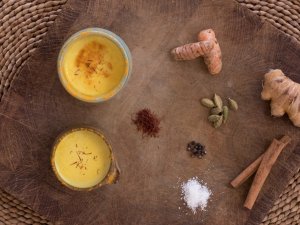
References:
(1) Caraka; A.S.V. ch. 19, 29-34
(2) Susruta: Sutra 14:14.
(3) Caraka Samhita, Sutra Stahan, Ch. 28
Credits:
Dr. John Douillard’s Lifespa.

